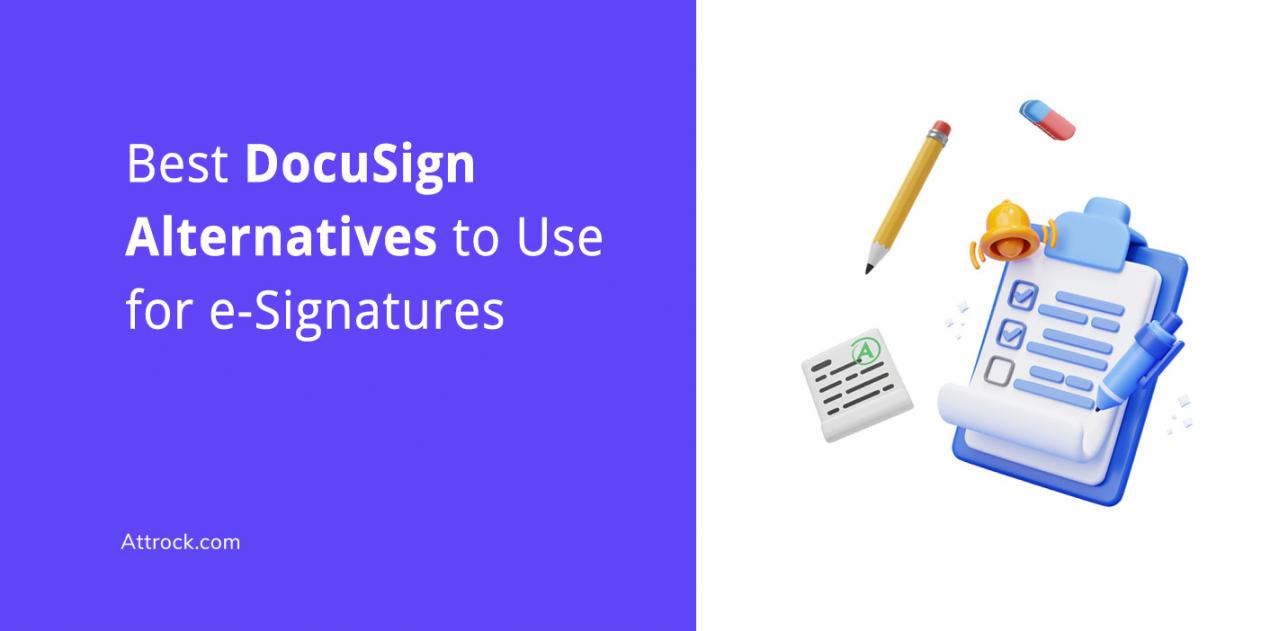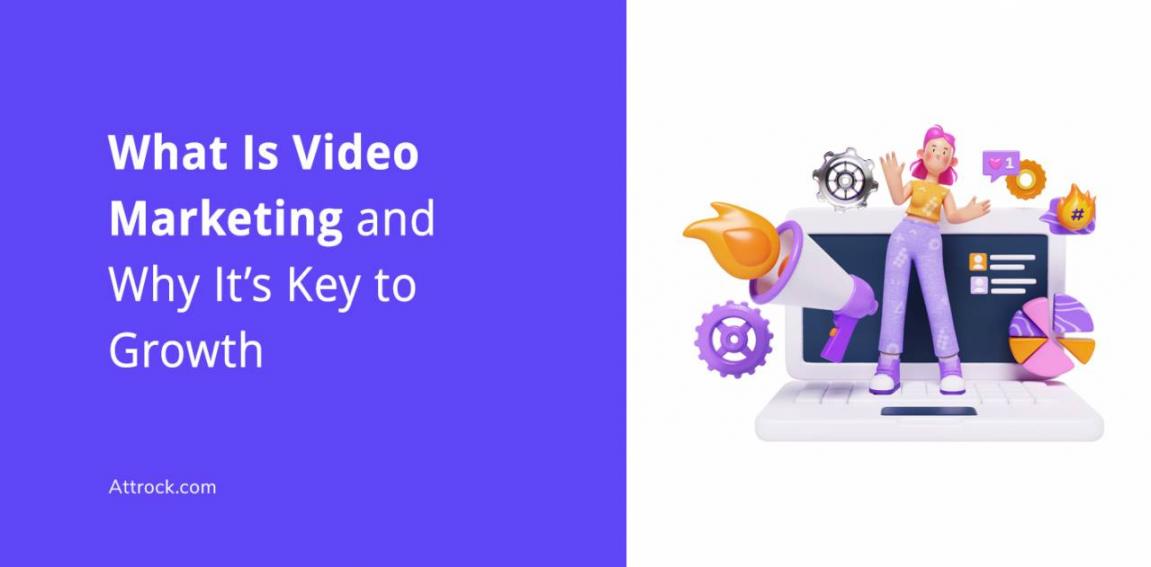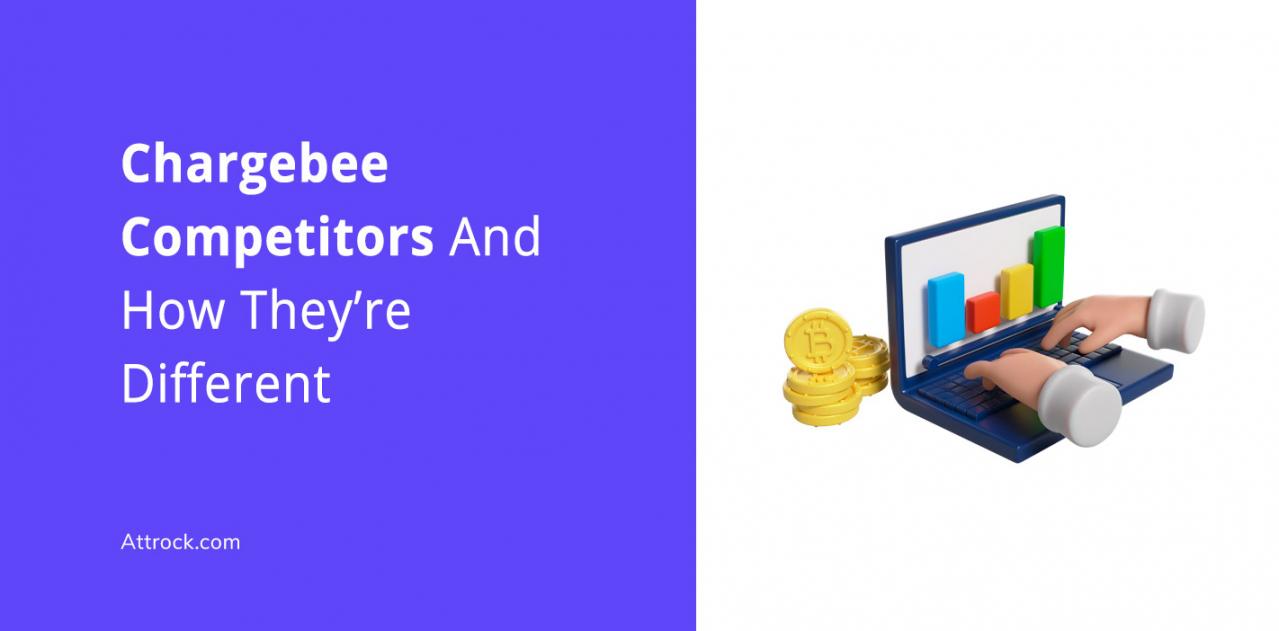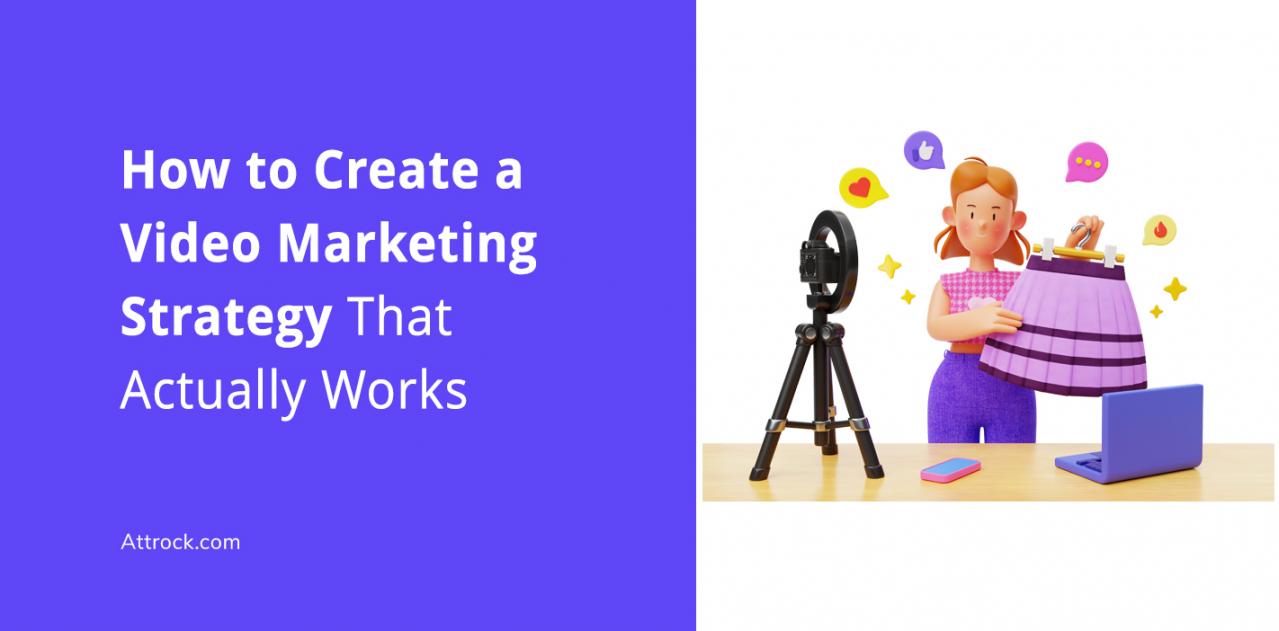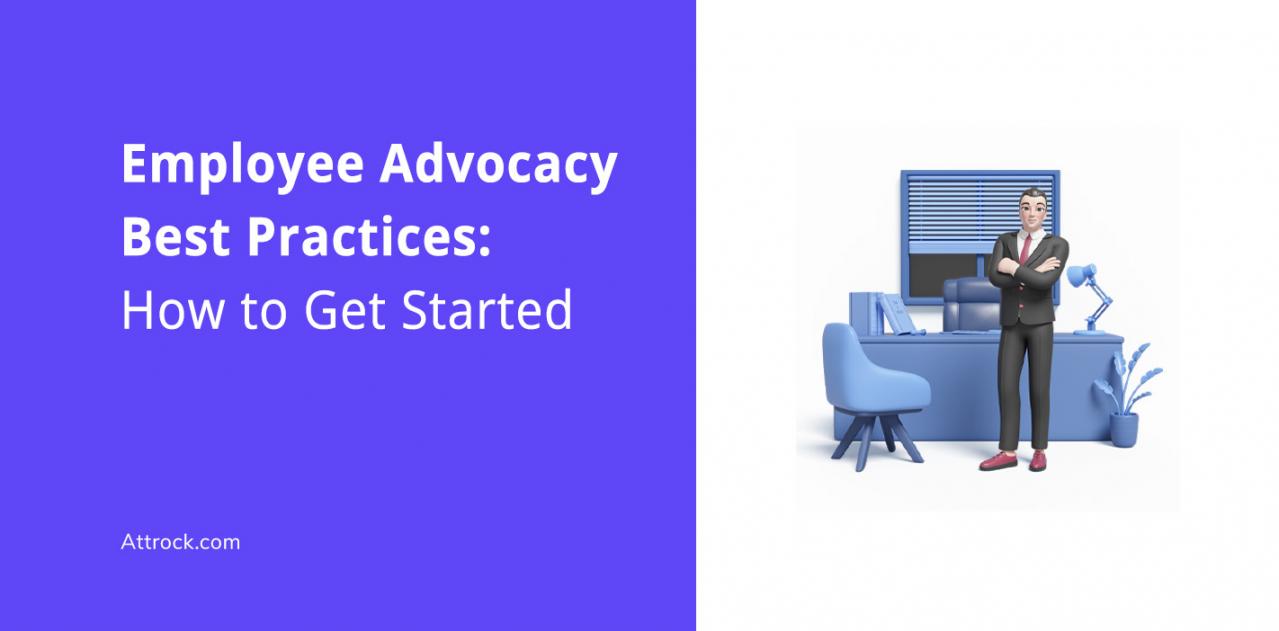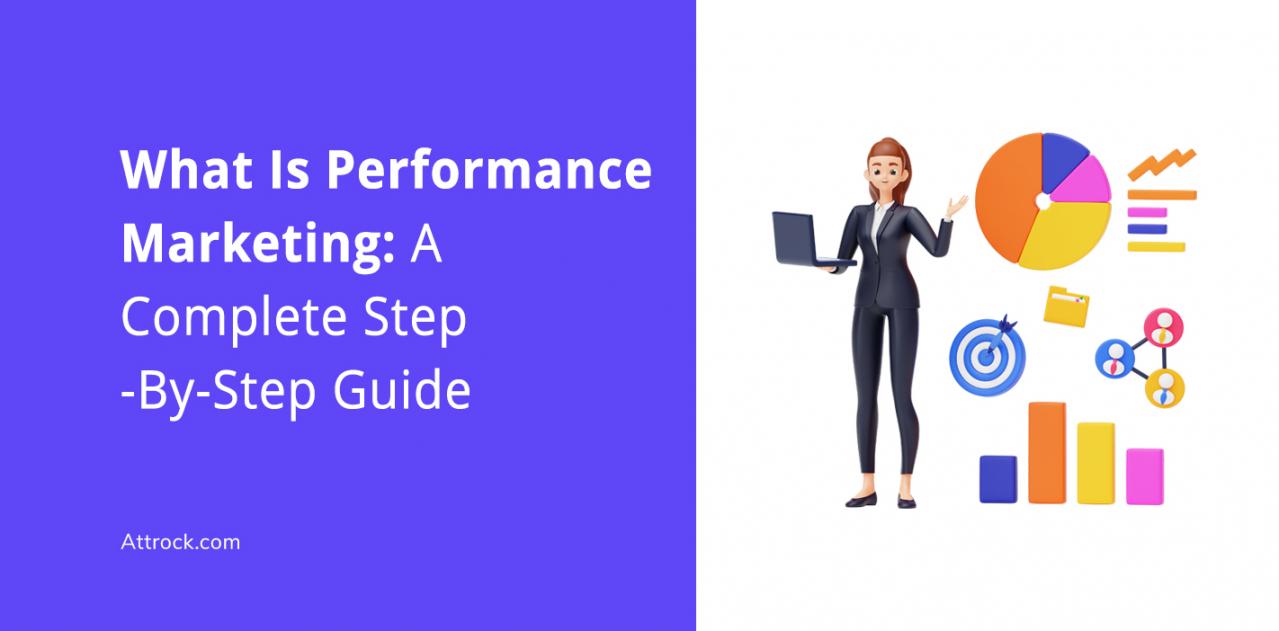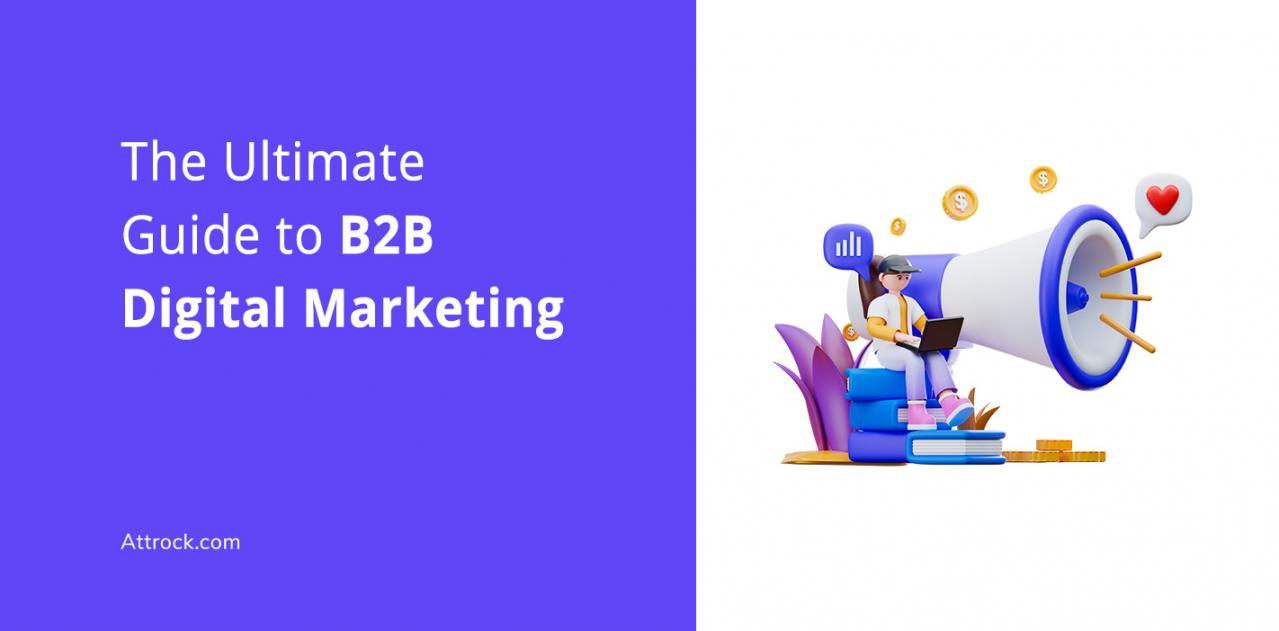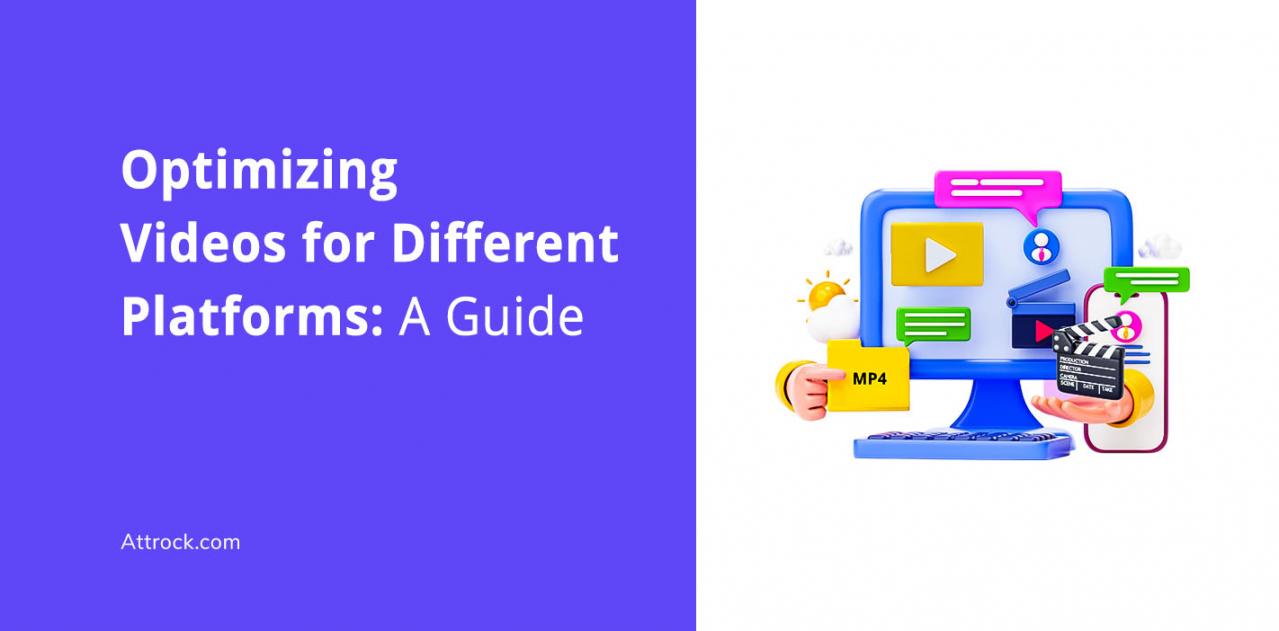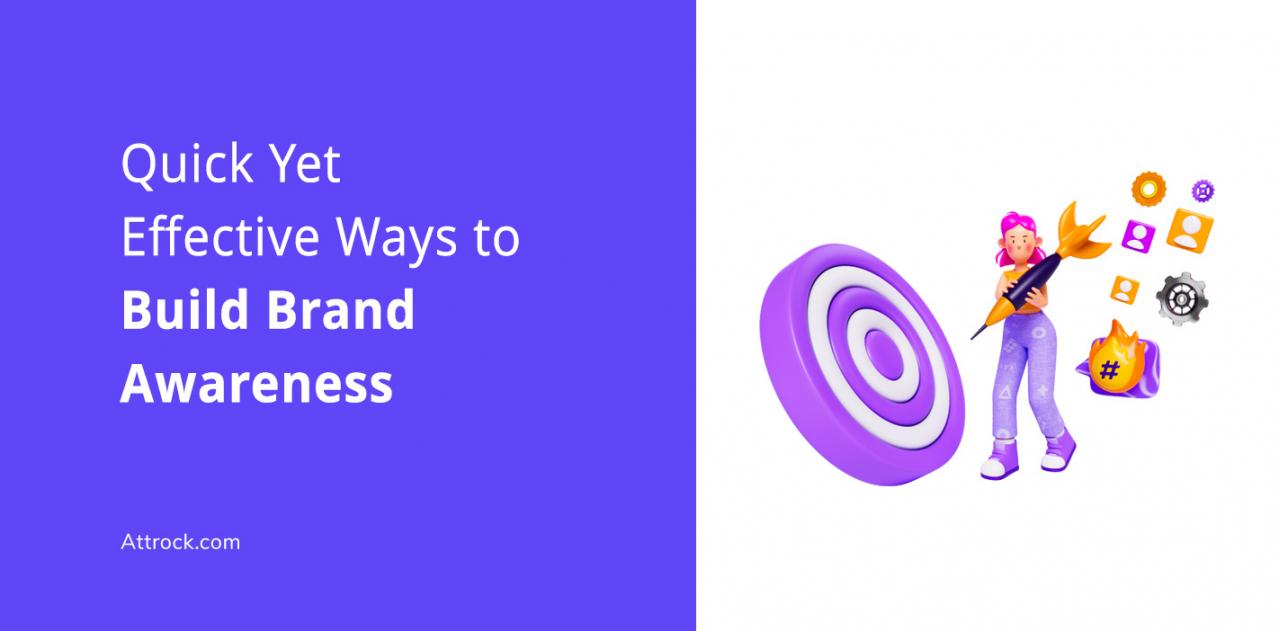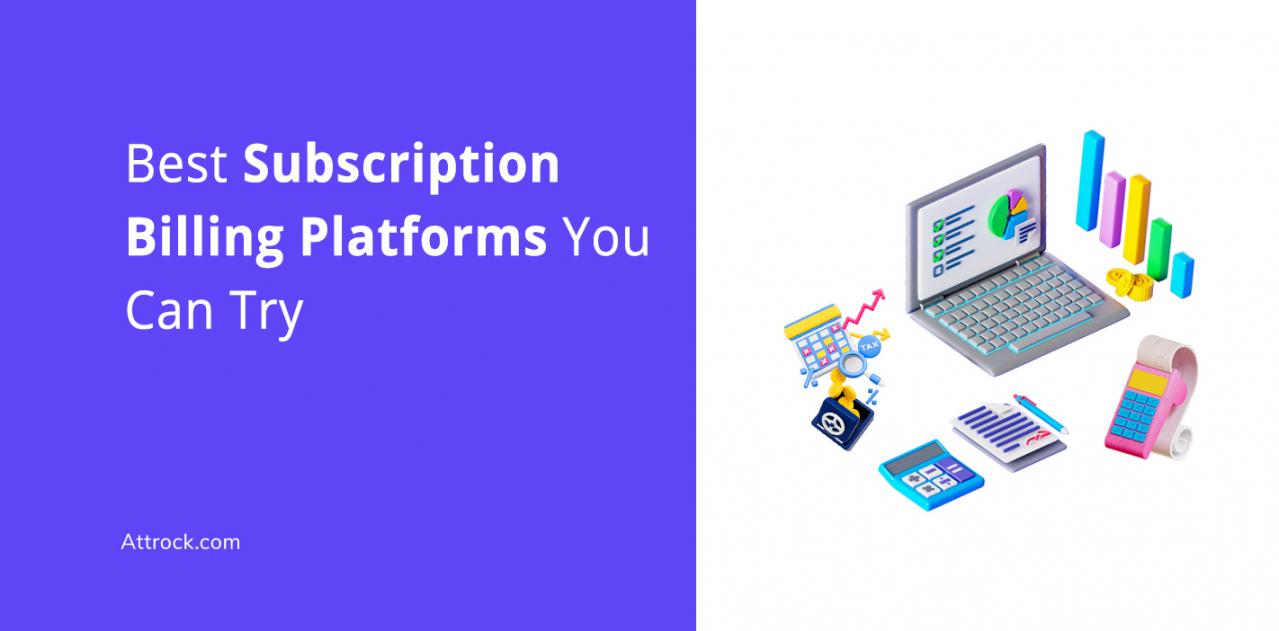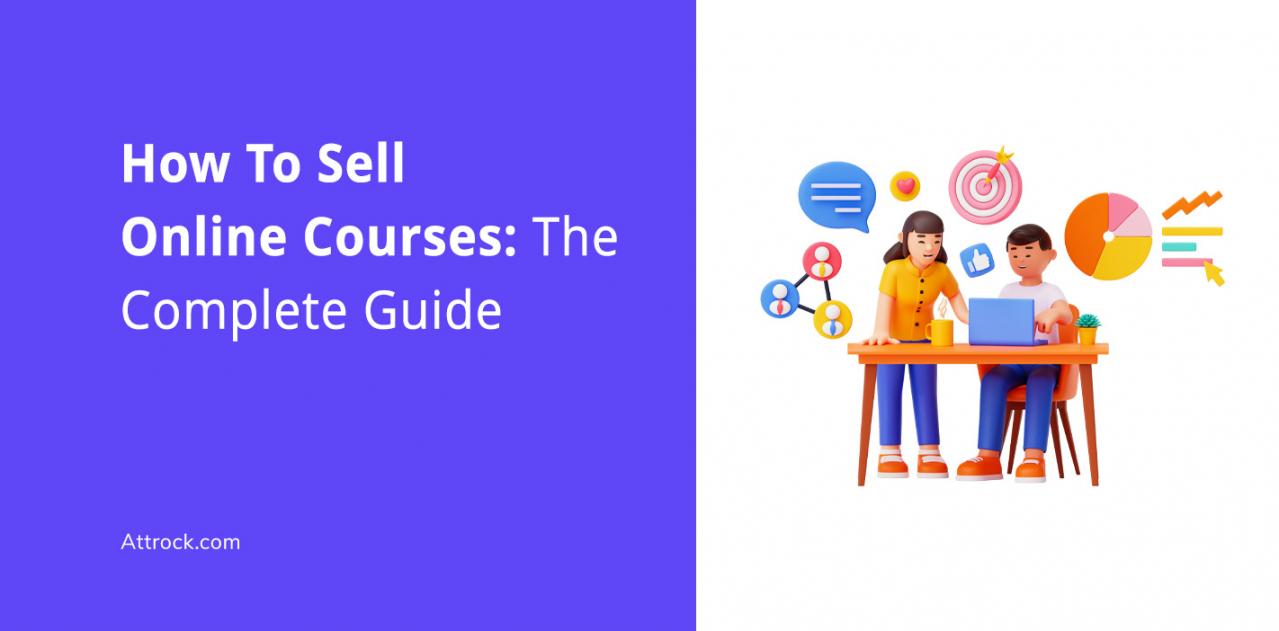The Google Page Experience Update, which fully rolled out in 2022, is already influencing how rankings are determined. If you’re in marketing, brand strategy, or running agency campaigns, this update can’t be ignored.
The Google Page Experience Update emphasizes the user experience while browsing your site. Fast load times, clean design, and mobile responsiveness — they are ranking factors.
What really matters here is visibility. If your site is slow, jumps around while loading, or doesn’t feel secure, Google is likely nudging it further down the page. There's no big warning or penalty, just a quiet drop in search rankings that can seriously affect your search performance.
Let’s break down the Google Page Experience Update and what all this means for search rankings.
Table of Contents
Understanding Google’s Page Experience Update 2022
In the latest Google Page Experience Update, Google will assess various factors on a website to gauge the overall page experience signals.
If you want to get on the first page of Google, here are some factors from Google Page Experience Update 2022 that you should focus on:
- Core Web Vitals: These metrics are designed to check the overall user-friendliness of a website. Currently, Google has defined three main metrics, but they intend to update them in the future.
- Mobile-friendliness: Google assesses how well your web pages load on mobile devices.
- Security issues: Google checks your web pages for malicious content or malware that may put a user at risk or leak their personal information to other sources.
- HTTPS usage: Google checks if your web pages use a secure HTTPS connection.
- Ad experience: Google assesses if your website uses deceptive advertising that may hinder a good user experience. Pop-ups that cover up your content are an example of an ad that can work against your website.
While the other ranking factors for Google Page Experience Update 2022 are easy to understand, good Core Web Vitals is a new metric that’s more complex.
Let’s take a look at it in detail in the next section.
What Are Core Web Vitals in Google’s Page Experience Update 2022?
As a part of the Google Page Experience Update 2022, Google introduced new ranking signals to assess the page experience called Core Web Vitals.
Currently, there are three main metrics in the Core Web Vitals: LCP, FID, and CLS.
Metric 1: Largest Contentful Paint (LCP)
This metric measures how fast the content on your website can load. Regardless of the type of web page you have created, your LCP should be 2.5 seconds or less.
The lower your LCP, the better the user experience your page delivers.
Metric 2: First Input Delay (FID)
This metric tracks the interactivity of your website. For this, Google looks at the time from when a user starts interacting with your web page to when the browser begins to process that information.
Ideally, the FID range should be lower than 100 milliseconds.
For FID, Google begins to track the time from when a user clicks on a link or a call-to-action button. It keeps checking until the browser can begin processing event handlers as a response to the action taken by the user.
Metric 3: Cumulative Layout Shift (CLS)
This metric assesses the stability of your site layout. For this, it measures if some text or an object on your web page might suddenly shift when a person interacts with it.
If there is a sudden shift, it can signal a poor user experience. The ideal range for your CLS is 0.1 or lower.
SEO Practices to Optimize Your Site for Google’s Page Experience Update 2022
Wondering how to maintain your page rankings after the 2022 Google Page Experience Update? Here are some of the best SEO practices that you should follow:
1. Audit and Optimize Your Web Pages
The first step toward complying with the Google Page Experience Update is to perform a content audit and optimize your web pages.
Your site needs to load fast, look great on mobile, and be easy to use. Auditing your site helps you identify issues that could negatively impact your rankings. Optimization resolves these problems, ensuring your pages meet Google’s new standards.
Auditing and optimizing involve checking page speed, mobile usability, security, and content quality. A good audit examines Core Web Vitals, broken links, slow-loading images, and any other issues that may be hurting performance.
It’s all about finding and fixing the things that keep users and search engines happy. Here are some resources that can help you navigate the Google Page Experience Update:
- PageSpeed Insights by Google: This tool can help you measure the overall page loading speed of your web pages on mobile devices and desktops.
- TinyImage by Attrock: This image compression tool can make it easier for you to compress all of your image files without compromising image quality.
- Schema Markup Generator by Attrock: Using this structured data tool, you can generate schema markup code for your web pages in JSON-LD and RDFa formats.
- Chrome User Experience report: This report will help you track all of your Core Web Vitals along with other important ranking metrics.
- Web Vitals by Google: This Chrome extension can make it easy for you to track important page ranking metrics in real time.
- Page Experience report by Google Search Console: This report can help you track Core Web Vitals along with other signals that are important to improve your page experience.
Some additional tips you can implement to keep your website in line with recent Google Page Experience Update changes include the following.
- Remove unnecessary pop-ups or anything blocking content.
- Improve site security with HTTPS and verify using an SSL checker.
- Use internal links to keep visitors on your site longer. Consider using internal linking tools like LinkStorm for better accuracy, and monitor Google Search Console for errors and fix them right away.
2. Create Quality Content
While page experience is at the center of the Google Page Experience Update 2022, content quality should not take a backseat.
Creating quality content is essential for SEO, especially with Google's recent updates. For example, the March 2024 Core Update, known as the Helpful Content and Quality Spam Update, emphasizes the need for content that genuinely benefits users.
The Google Page Experience Update also highlights the importance of user-centric content, ensuring that websites provide valuable information and offer a seamless browsing experience.
Quality content must be original and offer unique insights. It should also be well-researched and proofread to maintain your site's credibility.
Thirdly, your written content needs to be logically organized. This is to ensure that your readers can follow and understand what you’re discussing.
Lastly, you should also add multimedia elements such as photos, videos, GIFs, memes, and infographics to make your content more engaging.
3. Improve Site Navigation
To provide a good page experience after the Google Page Experience update 2022, you have to make your web pages easily discoverable. That’s where site navigation comes in. Make sure it is well-planned and follows a logical structure.
In line with the Google Page Experience Update, effective navigation involves organizing content logically and using clear, descriptive menu labels. It also means maintaining a consistent structure across all pages and ensuring all links function properly.
To ensure you stay in line with the Google Page Experience Update, here are some tips you can try out.
- Keep menus simple: Stick to easy-to-understand labels and ensure your menus have dropdowns, buttons, and active links that work on mobile devices.
- Use clear labels: Choose descriptive text for menu items so users know what to expect.
- Keep important pages within three clicks. Google prioritizes sites that allow users to quickly and easily access important information.
- Use breadcrumbs. They help users and search engines understand your site’s structure.
- Ensure mobile-friendliness: Design navigation that's easy to use on all devices.
- Include a search bar: Allow users to quickly find specific content.
- Highlight current location: Use visual cues to show users where they are on the site.
To make Google Page Experience Update improvements, check out how users are interacting with your site via the Behavioral Flow report in Google Analytics.
4. Demonstrate E-E-A-T
Some of the Google Page Experience Updates have made E-E-A-T very vital for websites looking to rank organically.
E-E-A-T stands for Experience, Expertise, Authoritativeness, and Trustworthiness. It helps Google assess the quality and reliability of content.
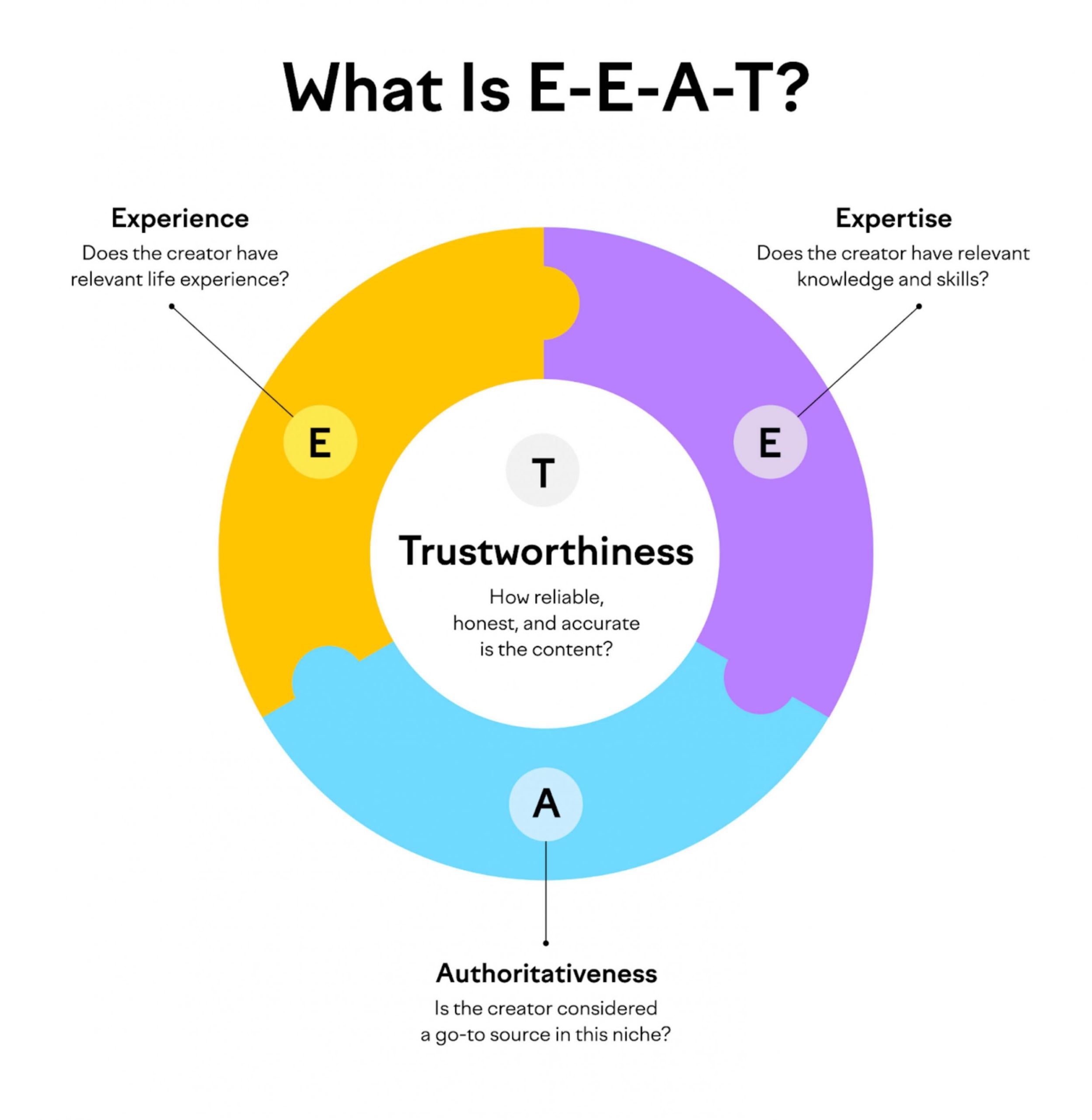
Image via Semrush
Experience refers to the firsthand knowledge of the content creator. Expertise is the depth of knowledge in a particular field. Authoritativeness indicates the credibility of the creator or website. Trustworthiness ensures the content is honest and accurate.
All these four combined ensure that your website meets the threshold of being considered resourceful as far as the Google Page Experience Update is concerned.
While demonstrating E-E-A-T isn’t that easy, here are some of the things you can try.
- Show author bios: Include information about the author's experience and expertise. This includes providing clear contact information for readers to reach the authors.
- Keep content updated: Regularly refresh your content to ensure it remains relevant and accurate.
- Get quality backlinks: Earn quality backlinks from reputable sites to boost your site's authority.
- Show your experience: Share real-life stories, case studies, or social proof that you've done what you're talking about.
- Encourage real reviews: More reviews from real users help show trust.
- Make content easy to read: Avoid fluff and get to the point.
5. Avoid Black-Hat SEO
Black hat SEO is a poisoned chalice when it comes to the recent Google Page Experience Update.
Black hat SEO refers to tactics that violate search engine guidelines to boost a site's ranking. They deceive search engines without providing genuine value to users.
Common blackhat techniques include keyword stuffing, cloaking (showing different content to users and search engines), and using link farms to artificially inflate backlinks.
Engaging in black hat SEO is risky. The recent Google Page Experience Update has advanced algorithms designed to detect such manipulative practices. Websites caught using these tactics can face penalties, including significant drops in rankings or complete removal from search results.
Want more details about the Google Page Experience Update 2022? Check out the infographic below:

FAQ
Q1. What is Google's Page Experience Update?
A. The Google Page Experience Update is a ranking change that focuses on user experiences as they navigate a website. It combines technical signals, such as load speed, mobile-friendliness, and visual stability, with security and safe browsing standards.
Q2. How often does Google update pages?
A. Google doesn't update individual pages on a fixed schedule. How often your content is crawled or reindexed depends on factors such as the frequency of page changes, its popularity, and the structure of your site. Some pages are refreshed daily, while others may take weeks.
Q3. What is Google's new content update?
A. The Helpful Content Update, rolled out in late 2022, is Google's effort to rank content that's made for people, not just search engines. It targets pages that appear over-optimized or stuffed with keywords but offer little genuine value.
Q4. Does Google still use the PageRank algorithm?
A. Yes. PageRank remains crucial for Google’s ranking system, but it’s no longer the primary focus. In the past, PageRank measured the number of other sites that linked to a page and the importance of those links.
Today, Google uses hundreds of signals, including machine learning, user behavior, and on-page experience, so PageRank is just one piece of a much bigger puzzle.
Q5. What metrics are included in the page experience update?
A. The update includes Core Web Vitals: Largest Contentful Paint (LCP), First Input Delay (FID), and Cumulative Layout Shift (CLS). These track how fast your page loads, how quickly it responds to clicks, and how stable the content appears while loading.
Other factors include mobile usability, HTTPS, and whether your page interferes with the user experience through intrusive pop-up ads.
Conclusion
As the Google Page Experience Update continues to shape how websites rank, focusing on user experience is the most important takeaway.
If you want to stay competitive and attract consistent organic traffic, it's essential to align your site with these user-centric metrics. That means more than just good content — it requires a seamless, enjoyable experience for every visitor.
Partnering with the right SEO services can help ensure your website is fully optimized for these new standards, keeping you ahead of algorithm changes and delivering measurable results.








